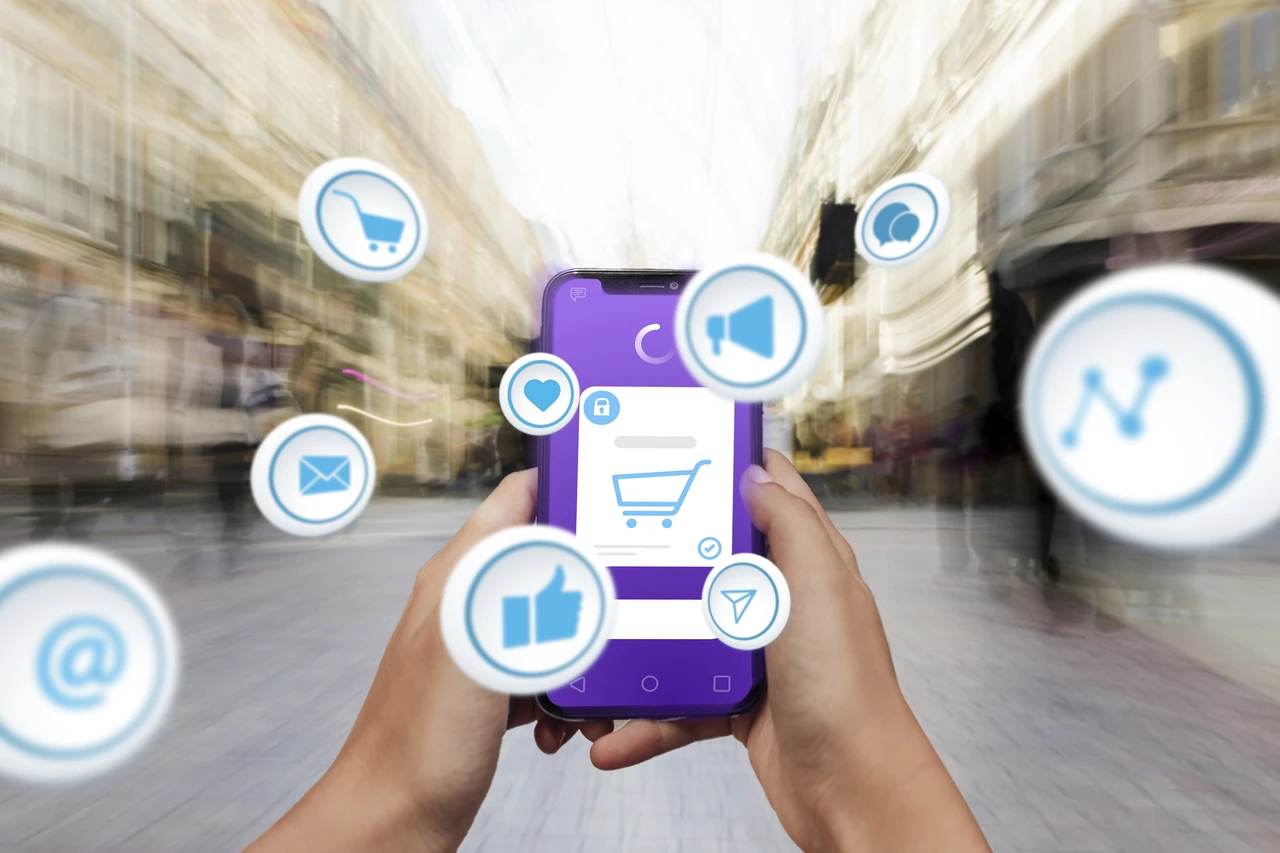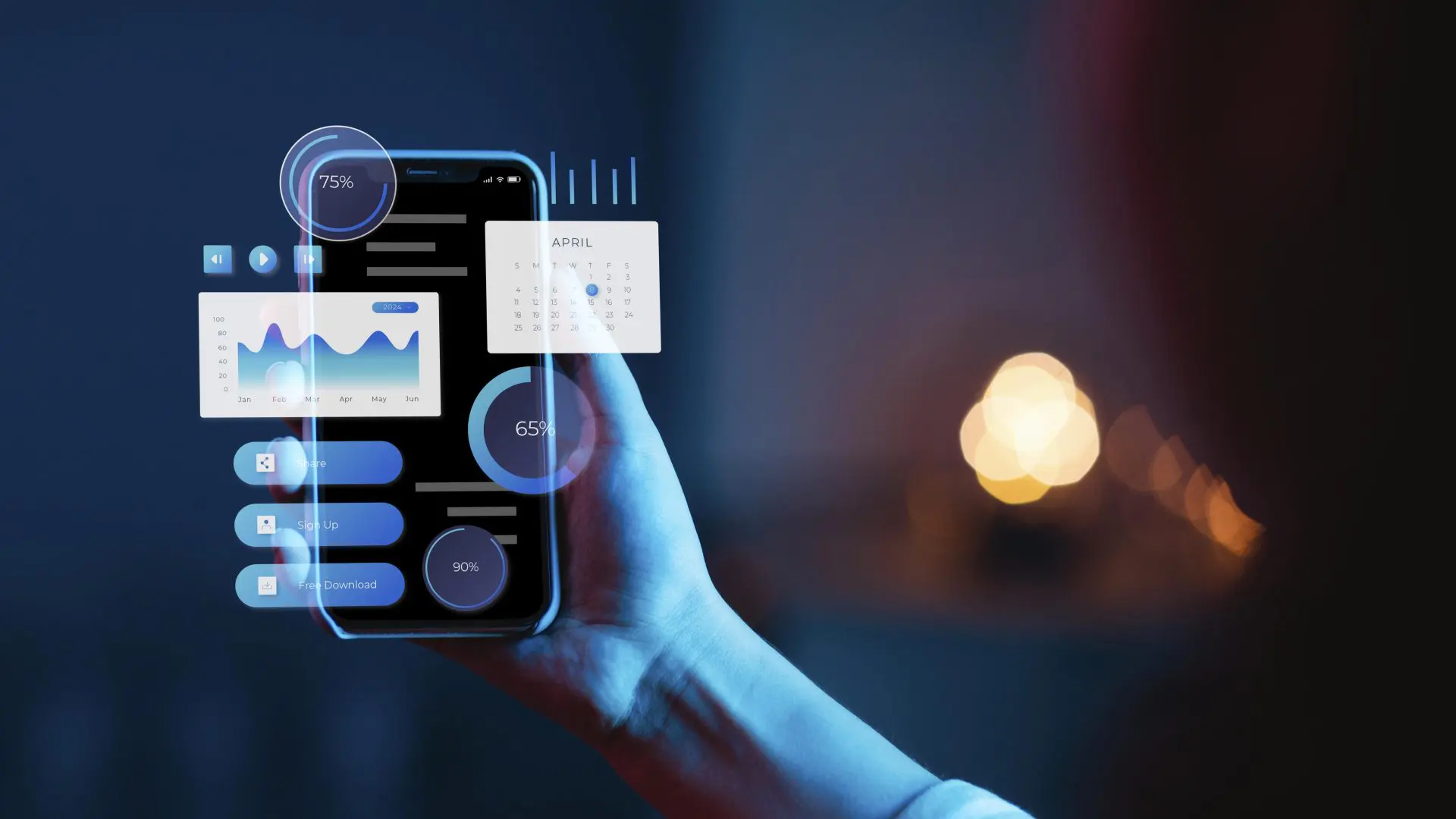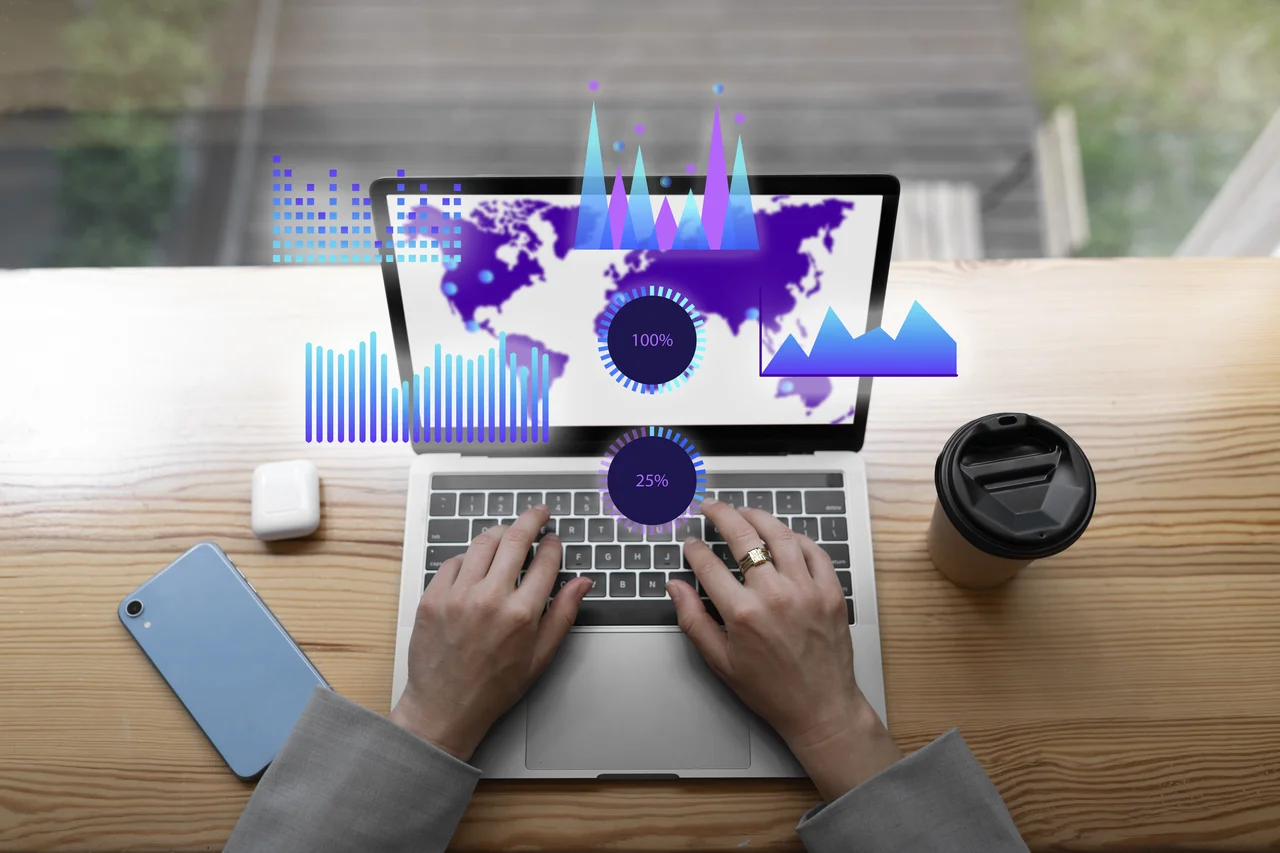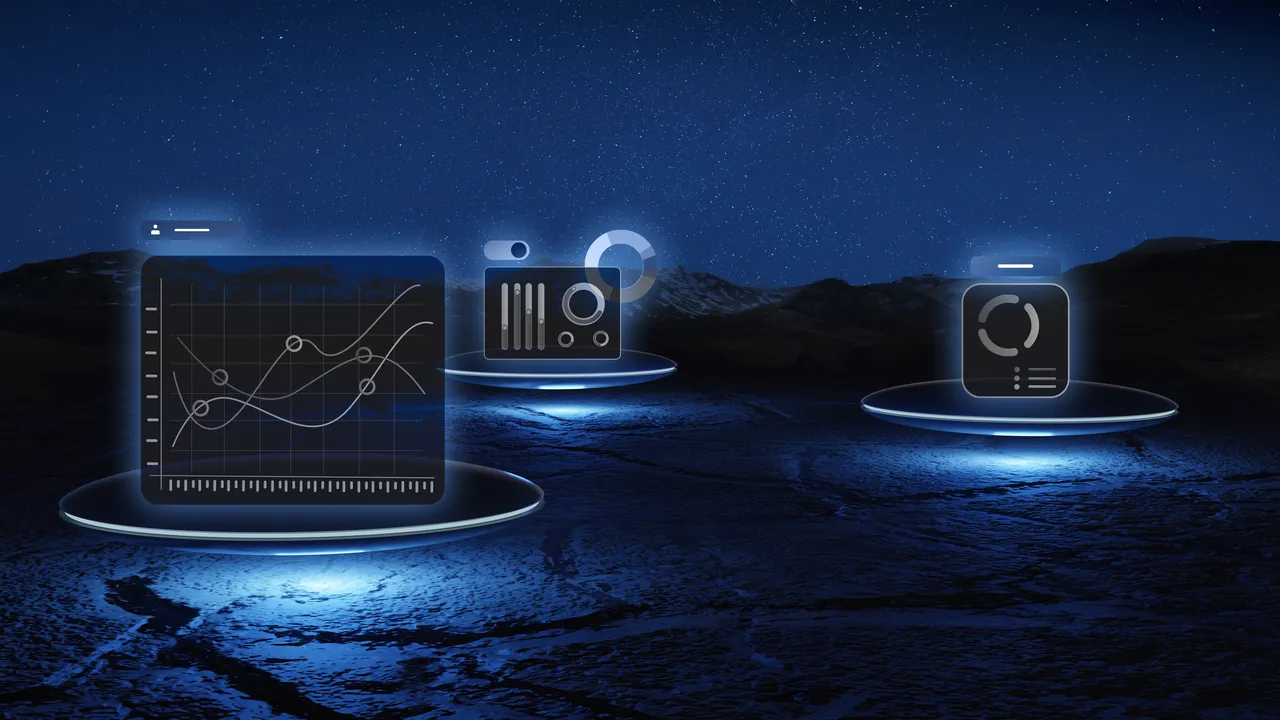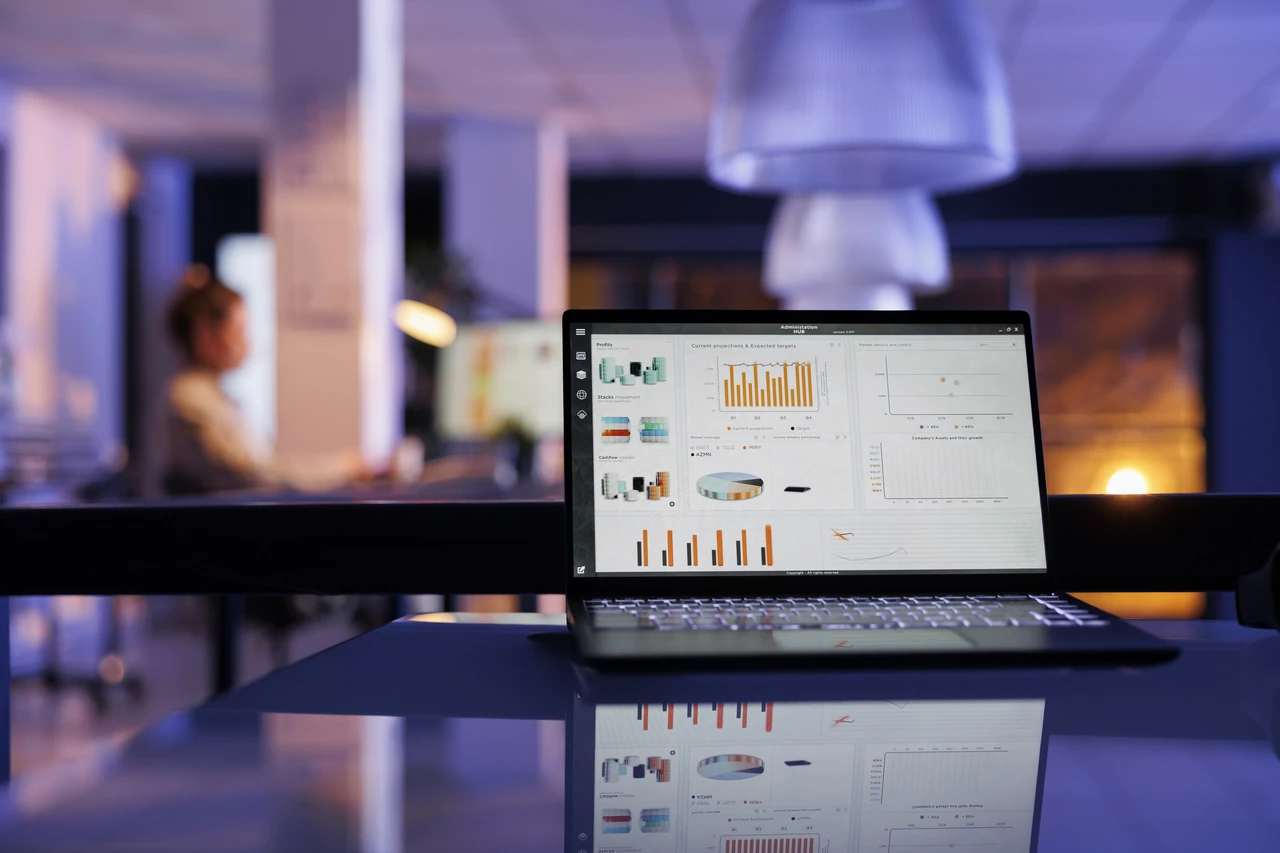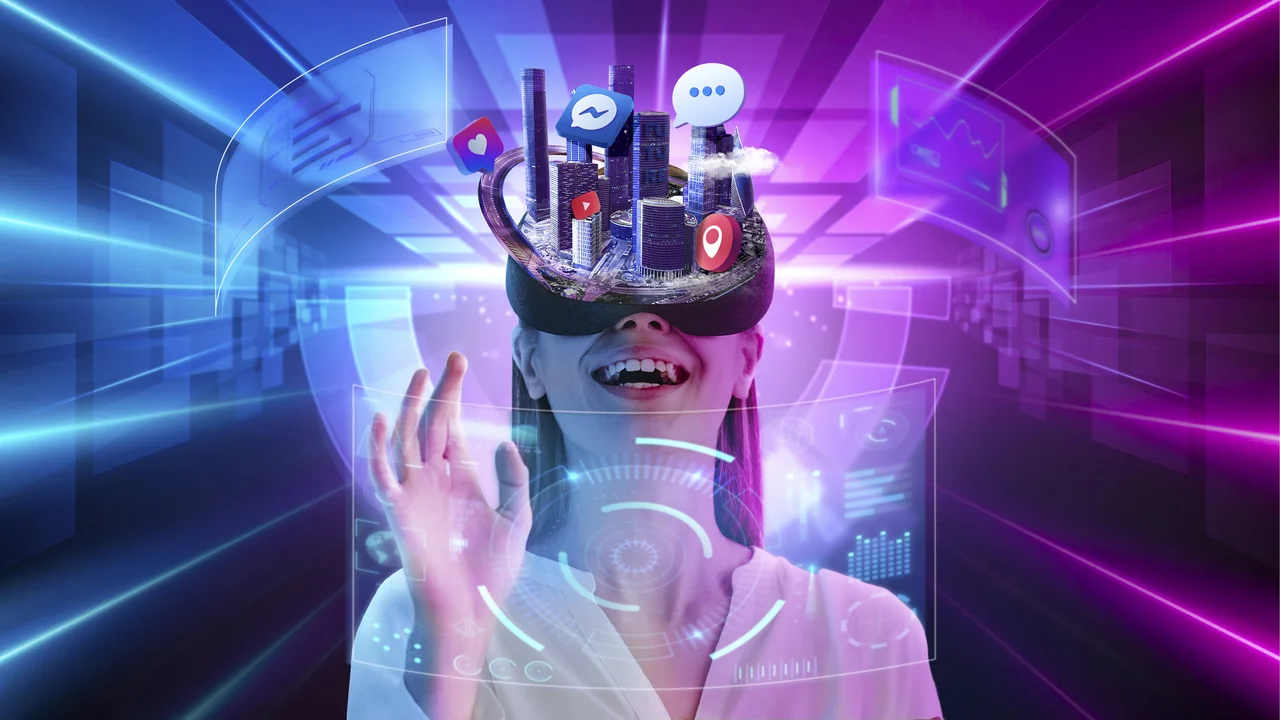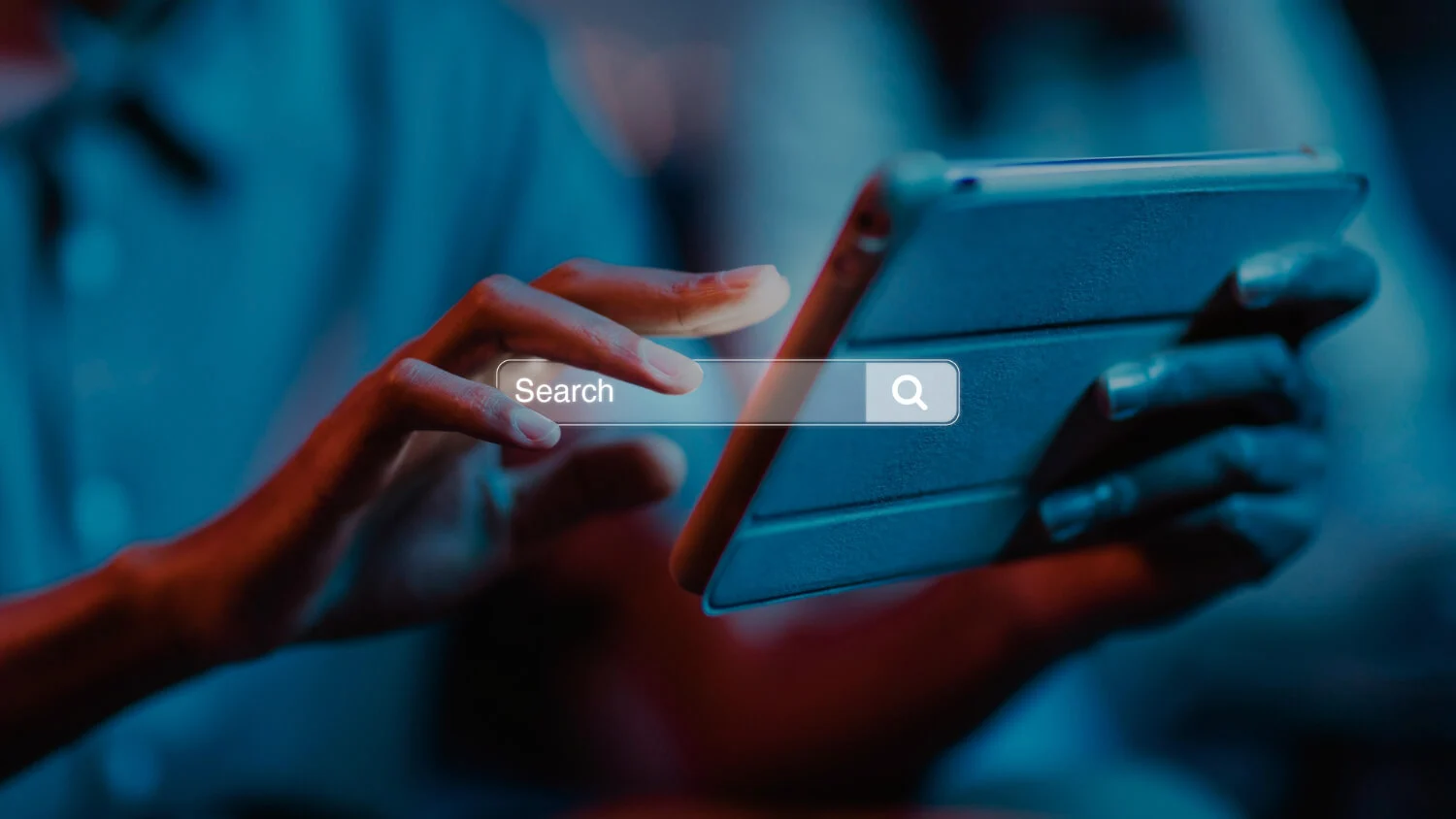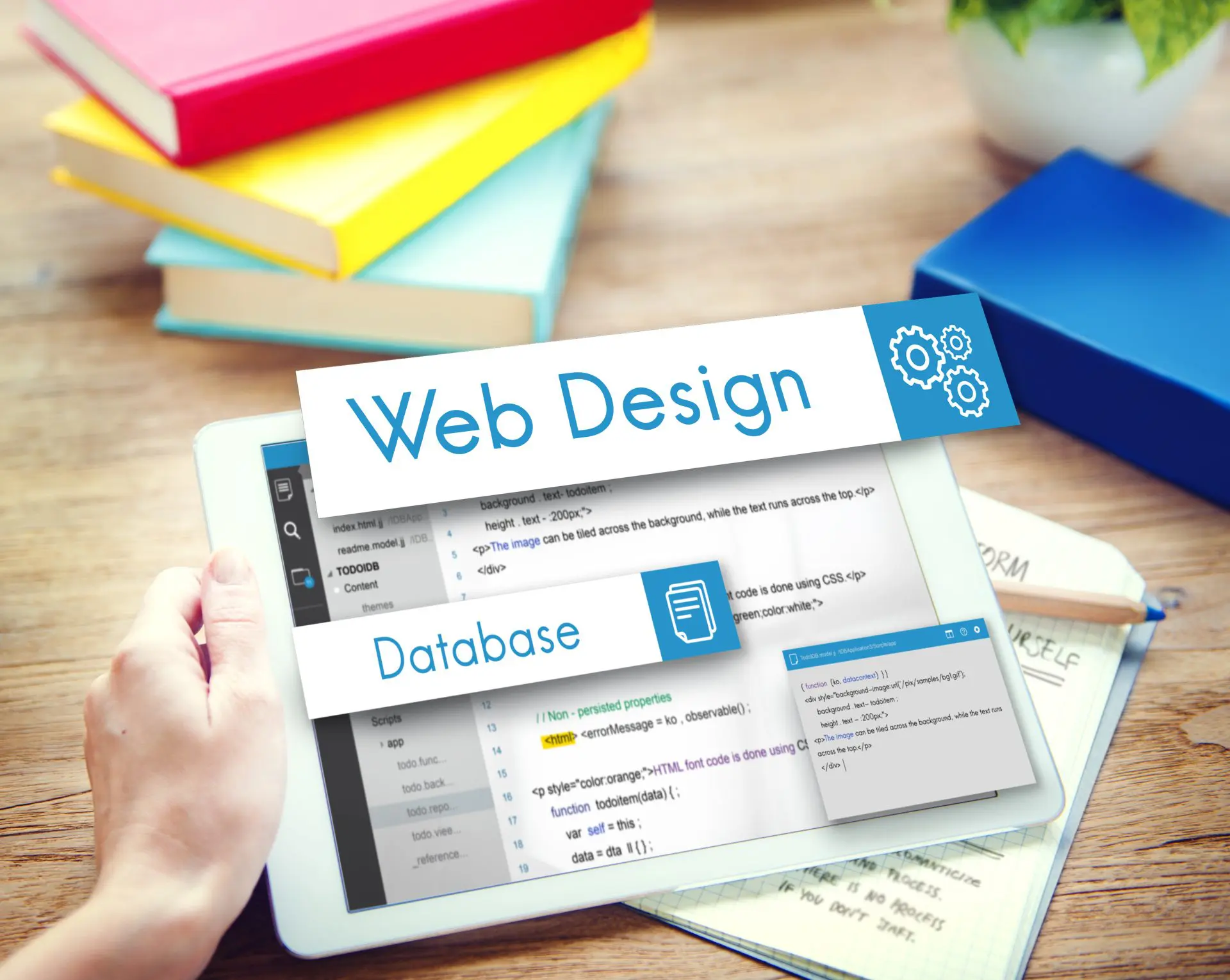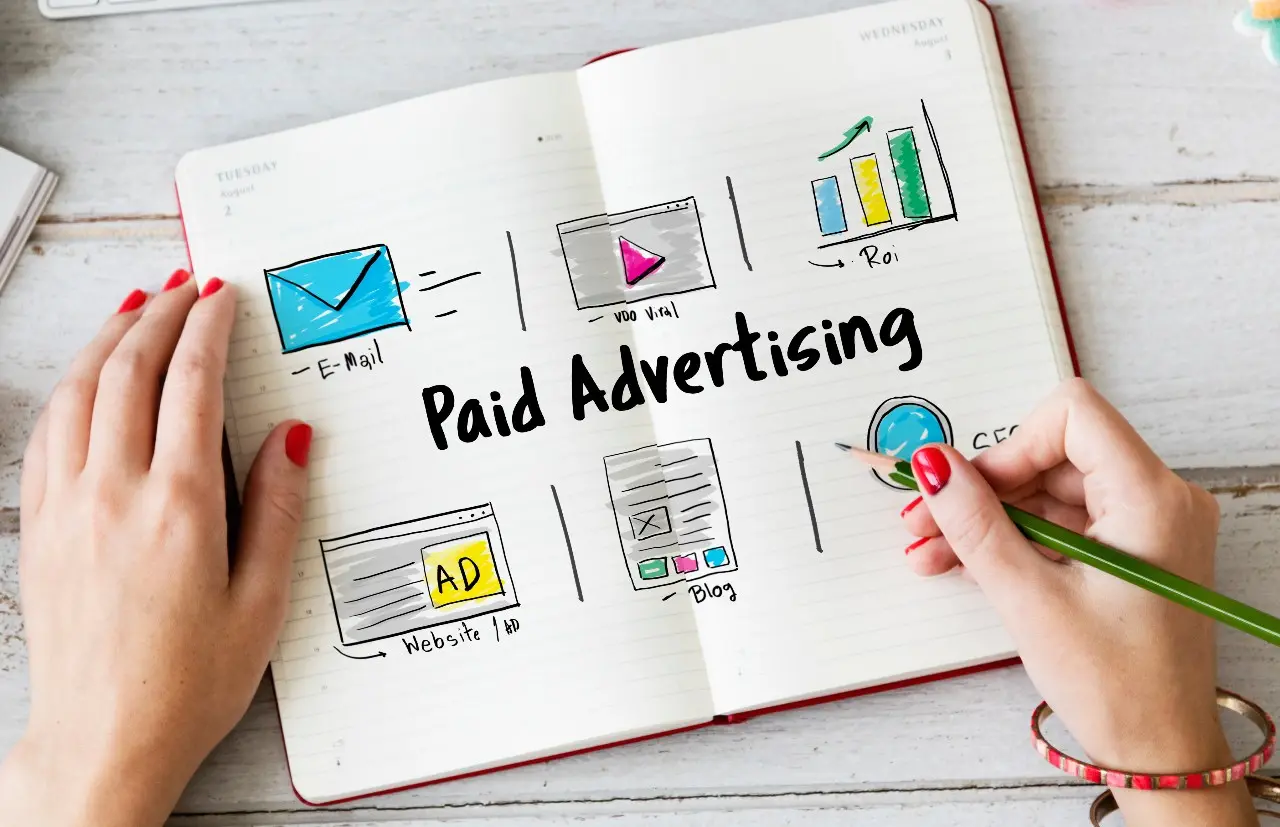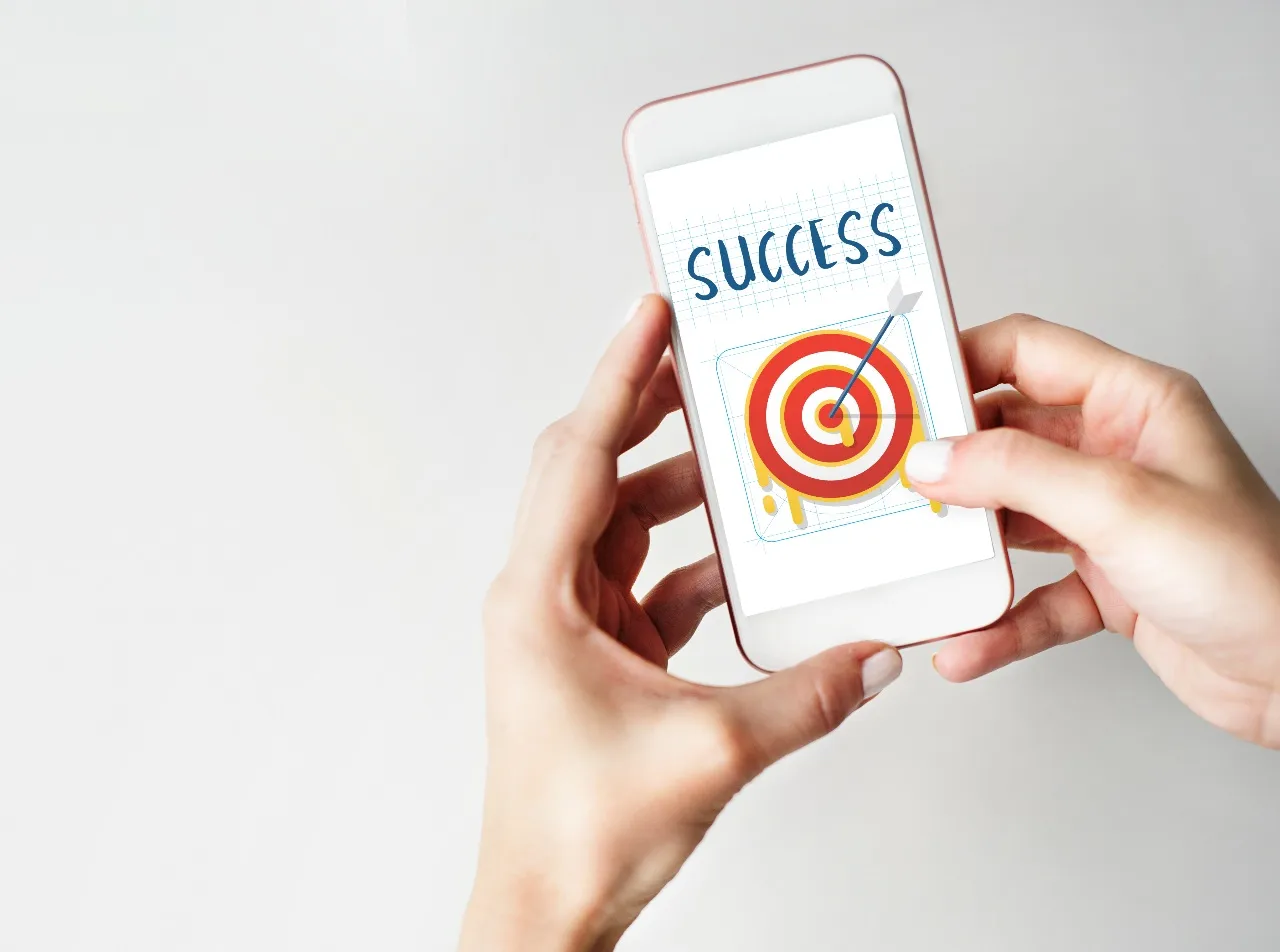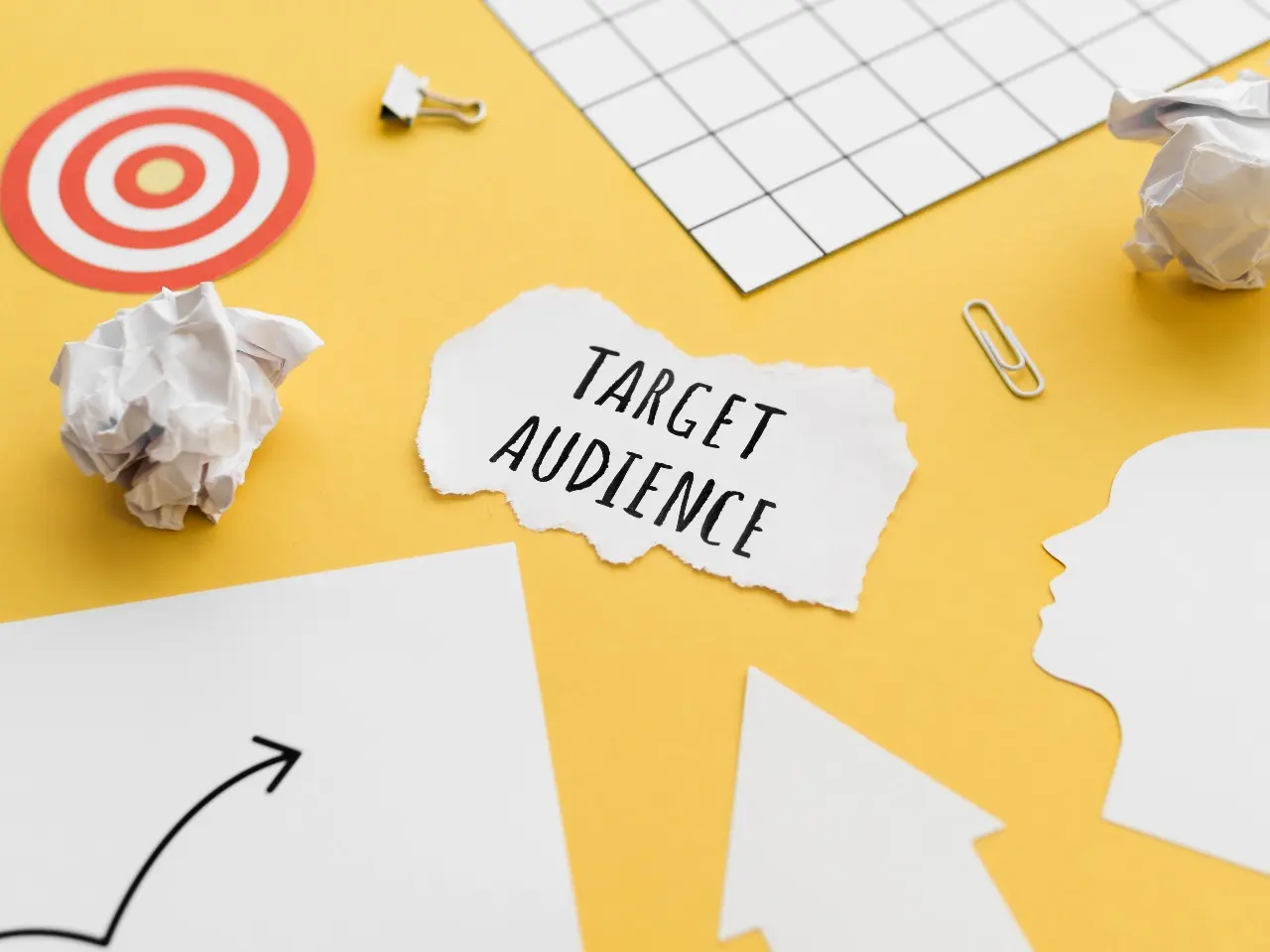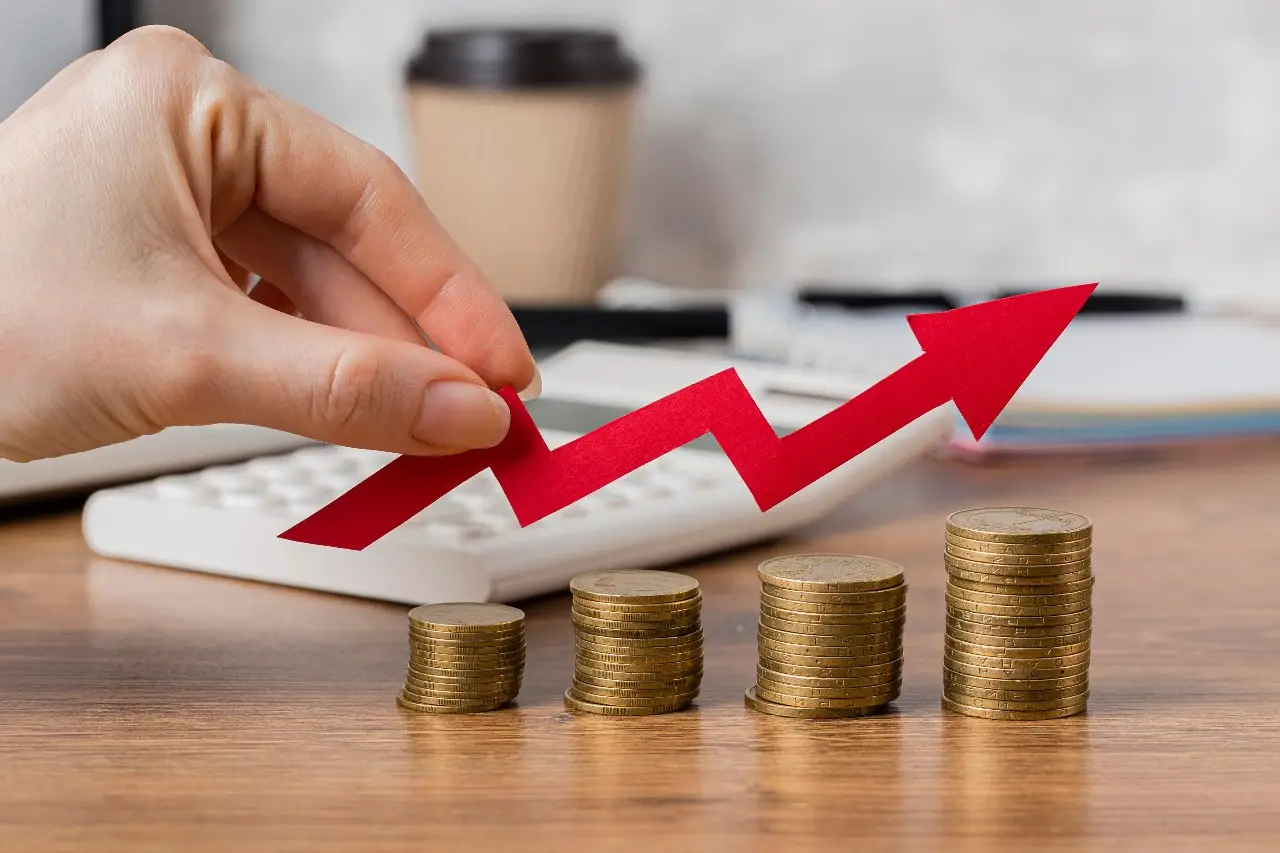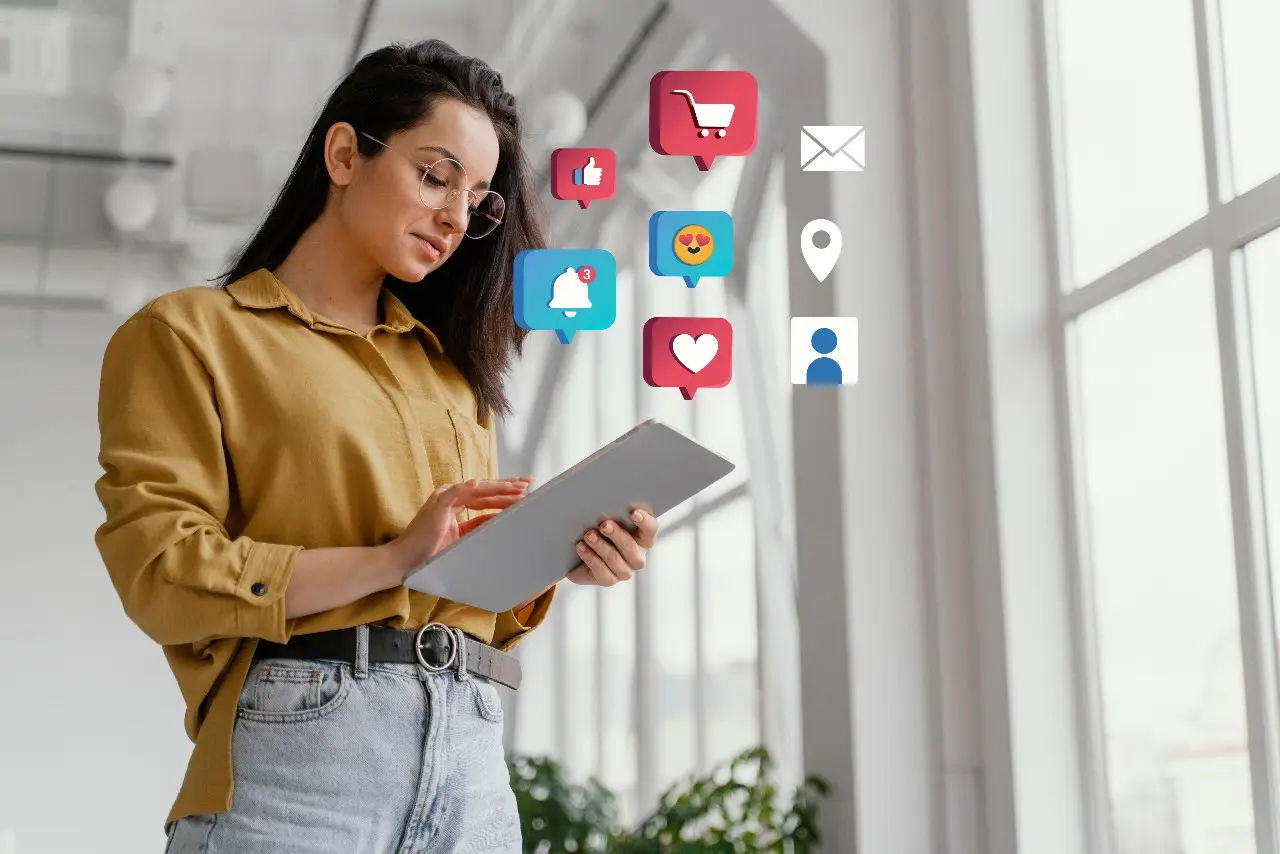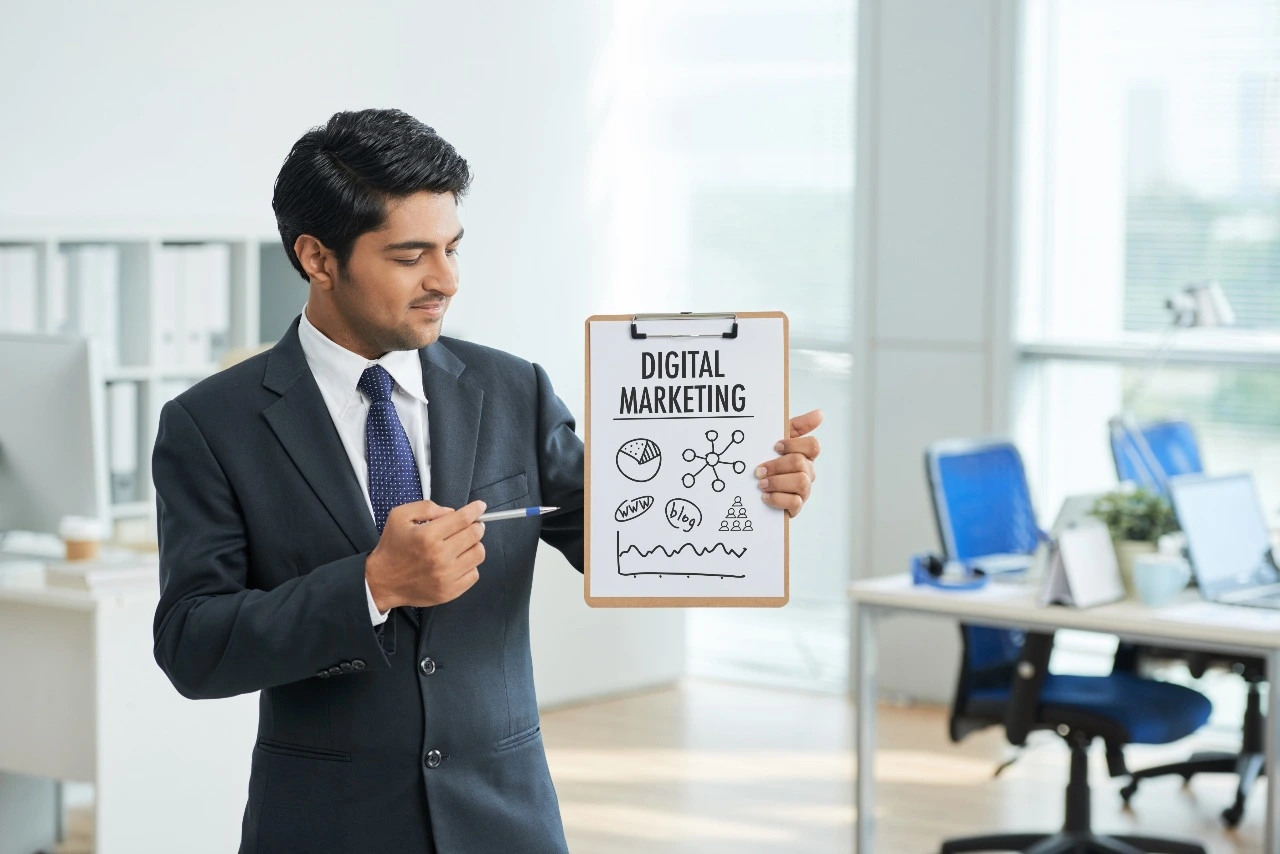Listen to article
Are you ready to discover which marketing channels are set to deliver the highest conversion rates in 2025? In an ever-evolving digital landscape, understanding where to focus your efforts is more crucial than ever. With consumer behaviors shifting and new technologies emerging, some channels are rising above the rest in their ability to turn prospects into loyal customers.
From tried-and-true methods like email marketing to innovative approaches like AI-driven advertising, this article dives deep into the statistics, trends, and pro tips you need to know. We’ll explore how to harness the power of each channel, optimize your strategies, and ultimately boost your bottom line. Get ready to discover the secrets to maximizing your conversion rate by channel and staying ahead of the curve.
Top-Performing Conversion Channels for 2025
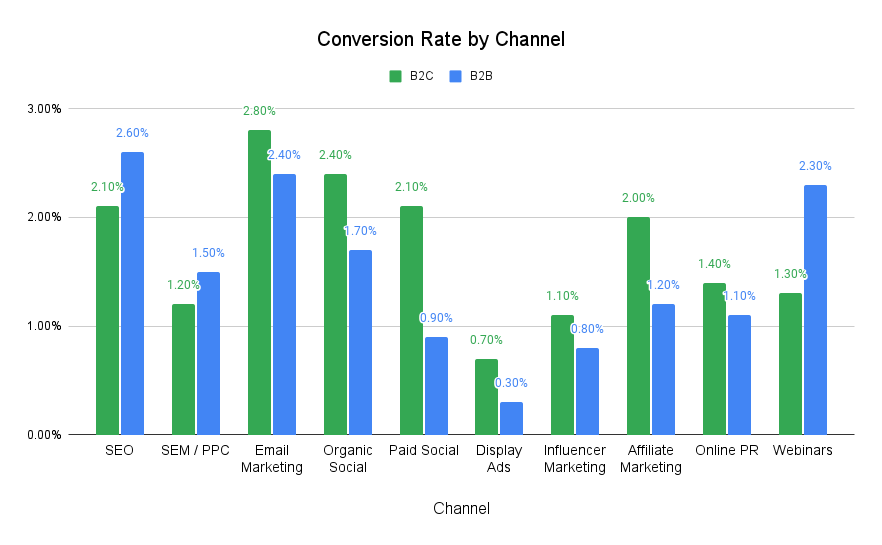
Source: First Page SEO
Understanding which marketing channels drive the highest conversion rates is essential for fine-tuning your strategy in today’s competitive landscape. Consumers’ preferences and behaviors are evolving, making it critical to stay ahead with data-backed decisions. The channels that shine in 2025 aren’t just converting well—they’re building consumer trust and driving long-term engagement. Below are the latest statistics highlighting which platforms are leading the charge:
- Email marketing continues to dominate: With a 15.22% average conversion rate, it remains one of the most effective channels for driving action. Source
- Organic search conversion rates impress: At 13.14%, SEO proves its staying power by consistently delivering high-quality leads. Source
- Paid search drives results: Google Ads and other paid search campaigns achieve a solid 12.18% conversion rate, making them a worthwhile investment. Source
- Social media holds its ground: With an average conversion rate of 10.63%, platforms like Instagram and TikTok are proving that visual, shareable content drives results. Source
- The power of referrals: Referral traffic boasts a conversion rate of 11.45%, emphasizing the effectiveness of word-of-mouth and influencer marketing. Source
Key Takeaway
While these channels boast impressive numbers, success doesn’t come from choosing one over another—it’s about how they work together. For example, combining email marketing with retargeting ads can re-engage users who didn’t convert the first time, while leveraging organic and paid search together ensures maximum visibility. Even seemingly “lower-performing” channels like social media can amplify your messaging when used strategically alongside stronger channels.
Pro Tip:
Diversification is key, but don’t spread your resources too thin. Focus on optimizing your top-converting channels first. Use analytics tools like Google Analytics, HubSpot, or SEMrush to track cross-channel performance and identify opportunities for synergy. This approach will help you amplify results and maximize your ROI.
Why Email Marketing Remains a Cornerstone of Digital Strategy
In a landscape flooded with digital touchpoints, email marketing continues to stand out as a goldmine of opportunity. Its ability to consistently deliver high ROI, foster customer relationships, and drive targeted engagement has cemented its place as a must-have strategy in every marketer’s toolkit. With advancements in automation and personalization, email isn’t just surviving—it’s thriving as a powerful driver of conversions and revenue growth.
- Email marketing revenue is projected to reach $13.69 billion by 2025, a significant leap from $7.5 billion in 2020. Source
- Nearly 79% of B2B marketing companies identified email as their most successful content distribution channel in 2023. Source
- Email marketing outperforms paid advertising for lead generation, with 59% of marketers agreeing it’s more than twice as effective. Source
- The global email user base is expected to reach approximately 4.6 billion by 2025, up from 4 billion in 2020. Source
- Email automation is used by 82% of marketers, resulting in an eightfold increase in open rates. Source
- By 2028, email marketing revenue is anticipated to climb to $18.9 billion. Source
- Shoppers spend 128% more when making purchases through email promotions compared to other channels. Source
- Automated email campaigns can drive a 20% increase in lead generation compared to manual email efforts. Source
Key Takeaway
The data proves it: email marketing is not only here to stay but is evolving into an even more influential tool in the marketer’s arsenal. For businesses striving to capture attention and close sales in competitive markets, email offers a direct and measurable way to reach audiences. However, success hinges on how well you adapt to changing consumer expectations, such as prioritizing automation and delivering hyper-personalized experiences. Crafting messages that speak directly to the recipient’s needs and interests can transform your campaigns from inbox clutter to must-read content.
Pro Tip:
Don’t just automate—strategize. Pair your email automation with advanced data segmentation to deliver timely, contextually relevant emails that feel personal. Test elements like subject lines, send times, and CTAs to uncover the formula that works best for your audience. Tools like HubSpot, Mailchimp, and Klaviyo can help you scale these efforts without losing the human touch.
Social Media Marketing for Conversions: Video, Omnichannel, and Platform-Specific Strategies
Social media is no longer just a place to connect—it’s a thriving marketplace and a cornerstone of digital marketing strategies. As consumers increasingly rely on social platforms for discovery, engagement, and transactions, businesses that strategically integrate video content and omnichannel approaches have a significant advantage. By capitalizing on the unique strengths of platforms like Instagram and LinkedIn, brands can not only boost visibility but also drive meaningful conversions tailored to their audience.
- The number of online shoppers is expected to rise to 2.71 billion globally by 2025. Source
- In 2024, social media ad spending is projected to reach $220 billion. Source
- On average, 28.8% of all advertising budgets are allocated to social media platforms. Source
- Omnichannel marketing remains a leading trend for 2025, ensuring consistency across every customer touchpoint. Source
Instagram Stories: A Game-Changer for Driving Engagement and Sales
Instagram Stories have redefined how brands can interact with audiences, with their immersive and time-sensitive nature creating urgency and fostering quick actions. They go beyond likes and comments, allowing businesses to inspire instant clicks and purchases directly.
- Half of Instagram users have visited a website after seeing a product or service showcased in Instagram Stories. Source
- One in four consumers have completed a purchase after viewing an Instagram Story. Source
Whether it’s through sneak peeks, behind-the-scenes glimpses, or promotions, Instagram Stories provide an interactive canvas for brands to convert casual scrollers into customers.
Pro Tip:
Incorporate polls, sliders, and shoppable links into your Stories to keep users engaged while driving concrete actions like website visits or direct purchases.
LinkedIn: The Premier Hub for Professional Growth and B2B Success
For B2B marketers, LinkedIn offers more than just networking opportunities—it’s a thriving platform for generating qualified leads and elevating thought leadership. The professional tone of LinkedIn fosters trust and credibility, making it the go-to space for connecting with decision-makers.
- A remarkable 84% of B2B marketers regard LinkedIn as the most valuable social media platform for their goals. Source
- Videos on LinkedIn are 20 times more likely to be shared compared to other types of posts. Source
The power of LinkedIn lies in its ability to amplify video content, adding an authentic and relatable touch to outreach efforts.
Pro Tip:
Use LinkedIn’s native video features to share success stories, tutorials, or industry insights. These types of content not only build authority but also increase the likelihood of organic distribution and engagement.
Key Takeaway
With the explosive growth in online shopping and social media ad spending, it’s clear that brands must harness the unique capabilities of each platform to stay competitive. Instagram Stories offer unparalleled immediacy for driving direct sales, while LinkedIn excels in fostering professional trust and B2B connections through video-driven storytelling.
Success in today’s crowded social landscape demands not just consistency but also innovation. By integrating omnichannel strategies, embracing platform-specific formats, and leveraging data for precise targeting, brands can turn social media into a true conversion powerhouse.
Pro Tip:
Don’t rely on a one-size-fits-all approach. Analyze your audience behavior on each platform, test different content types, and refine your strategy to optimize both engagement and ROI. Focus on creating value-first interactions that naturally lead to conversions, whether through a swipe-up on Instagram or a professional connection on LinkedIn.
Video Marketing: Driving Results with Strategic Visual Storytelling
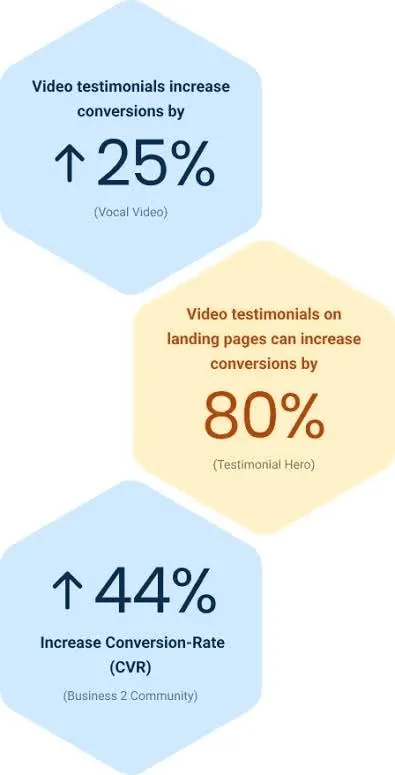
Source: Wisernotify
As digital landscapes continue to shift, the role of video marketing is no longer confined to just brand awareness—it’s a critical driver of conversions. From quick social media clips to product demos, video content captures attention and delivers messages in ways no other format can. Its growing dominance is transforming how both B2C and B2B audiences engage with brands, making it a must-have strategy for businesses aiming to stay competitive.
- Short-form videos dominate viewership: Short-form videos are now the most viewed marketing content on the internet, outperforming other content types in audience attention. Source
- Short videos drive purchases: 77% of viewers say a short video they watched on social media influenced their decision to purchase or download. Source
- Marketers are increasing investments in short-form video: 90% of marketers who use short-form video plan to maintain or increase their investment, underlining its impressive ROI. Source
- Video is the most effective content type for B2B: Videos (58%) have overtaken case studies (53%) as the leading content type for B2B marketers. Source
- 88% of marketers plan to expand their video marketing budgets, showcasing confidence in its conversion-driving power. Source
- Currently, 86% of businesses are leveraging video as a marketing tool. Source
- 94% of video marketers believe video is a vital element of their marketing strategy. Source
- When learning about a new product or service, 69% of people prefer watching a short video over reading text. Source
- YouTube is a top discovery tool: Over 90% of people report discovering new brands or products on YouTube, reinforcing its role as a crucial platform. Source
- YouTube informs B2B decisions: 65% of B2B buyers turn to YouTube for insights before making purchase decisions. Source
Key Takeaway
Video has evolved from a supplementary format to the linchpin of effective marketing strategies. Its ability to engage audiences across platforms and drive tangible actions sets it apart as a pivotal tool for marketers. Short-form videos, in particular, are not just a trend—they’re reshaping consumer decision-making and fueling rapid ROI. But beyond the stats, the real game-changer lies in a brand’s ability to pair strategic storytelling with data-driven execution. As platforms like YouTube continue to dominate as discovery hubs for both B2C and B2B audiences, brands that invest in diverse and targeted video content will retain an edge in the crowded digital space.
Pro Tip:
Adapt to the growing need for accessibility and personalization in video marketing. Optimize your videos with captions, interactive elements, and clear CTAs. Incorporate both short, visually engaging clips and longer-form content like webinars or tutorials to guide audiences through their entire journey—from awareness to conversion.
Shoppable Video: Bridging Engagement and Conversion
In the fast-changing world of digital commerce, the line between content and commerce is becoming increasingly blurred, and shoppable videos are leading the charge. These videos offer a dynamic way to convert passive viewers into active buyers, removing friction from the customer journey. By merging entertainment with actionable purchasing options, shoppable videos meet consumers’ expectations for convenience and interactivity, redefining how brands connect with audiences.
- Elevating eCommerce strategies: Shoppable videos empower eCommerce brands to capture attention and drive conversions within a single, immersive user experience. Source
Key Takeaway
Shoppable videos are more than a trend—they are a game-changer for marketers aiming to close the gap between customer engagement and purchase. By seamlessly integrating commerce into video formats, brands can reduce friction in the decision-making process and move consumers through the sales funnel faster.
Pro Tip:
To make shoppable video campaigns stand out, focus on storytelling that emotionally connects with your audience while incorporating subtle, intuitive calls-to-action that guide consumers toward a seamless purchase.
Paid Ad Potential with AI-Powered PPC Tactics
The digital advertising landscape is becoming increasingly competitive, and staying ahead means harnessing the power of tools that deliver precision and efficiency. Enter AI-driven PPC strategies—the game-changing approach to ensuring your paid campaigns exceed expectations. By tapping into AI’s ability to optimize bids, analyze data in real time, and craft hyper-relevant advertising, businesses can not only maximize ROI but also gain a critical edge in hitting their conversion goals.
- Google Ads leverages AI to fine-tune bids and create highly relevant ads, ensuring advertisers connect with the most receptive audience. Source
- Performance Max campaigns by Google employ keywordless AI to uncover new, high-performing search queries and automatically generate ads tailored to user intent. Source
- Enhanced Conversions utilizes first-party data to improve the quality of conversion tracking and enhance bidding strategies. Source, Source
- Feeding first-party data as audience signals into Performance Max campaigns sharpens targeting, leading to better-aligned bids and improved conversion rates. Source
Key Takeaway
Artificial intelligence is no longer a futuristic tool; it’s the cornerstone of modern paid advertising. What makes AI so transformative in PPC is its ability to analyze vast amounts of data, predict intent, and make real-time adjustments that outperform human capabilities. By integrating AI into your PPC campaigns, you’re not just streamlining processes—you’re building a more adaptable and scalable path to customer acquisition. And the real secret sauce? First-party data. By pairing AI with high-quality customer data, you create an ad strategy laser-focused on delivering both relevance and results.
Pro Tip:
As privacy regulations evolve, first-party data is your most valuable resource. Use it strategically in AI-powered campaigns to refine audience segments, improve targeting accuracy, and future-proof your advertising efforts against shifts in data accessibility. For businesses looking to scale their digital efforts effectively, leveraging full-service marketing solutions can help integrate these advanced PPC strategies seamlessly into a broader marketing framework.
Transforming Customer Engagement with AI-Driven Strategies
The integration of AI in marketing isn’t just a fleeting trend—it’s reshaping the way businesses connect with their audiences. By offering hyper-personalized experiences, automating repetitive tasks, and delivering insights in real time, AI empowers brands to stay ahead in competitive markets. But the true power of AI lies in its ability to bridge the gap between efficiency and personalization, creating seamless customer interactions that feel both human and impactful.
- AI raises expectations for customer service: A significant 73% of consumers anticipate that AI will enhance the quality of customer service and expect it to play a larger role in daily interactions. Source
- Streamlining operations through AI: Businesses are increasingly leveraging AI tools to simplify processes and drastically improve customer experiences, creating efficiency at scale. Source
- Next-gen chatbots redefine support: Generative AI-powered chatbots are stepping up their game, handling complex queries and offering personalized, round-the-clock support with advanced natural language comprehension. Source
- Real-time optimization drives better ROI: With the ability to predict consumer behavior and fine-tune campaigns in real time, AI ensures that marketing efforts deliver maximum impact and efficiency. Source
Key Takeaway
AI isn’t just revolutionizing how marketing campaigns are executed—it’s redefining customer expectations and experiences. Marketers now have the tools to deliver not only efficiency but also deeply engaging, personalized interactions at scale. The brands that embrace AI-driven solutions for campaign strategies, customer service, and process optimization are the ones poised to thrive in this new marketing landscape.
Pro Tip:
Want to unlock the full potential of AI in your marketing? Start small by integrating AI tools into one or two processes, such as chatbot support or email personalization. As you become more comfortable, expand to advanced applications like predictive analytics or dynamic content creation for ongoing optimization and maximum ROI.
Proven Content Marketing Strategies to Maximize Conversions
Content marketing isn’t just about creating posts—it’s about crafting a thoughtful strategy that speaks directly to your audience’s needs while driving measurable results. With competition growing fiercer across industries, standing out requires a mix of frequency, quality, and data-backed decisions. Whether it’s producing in-depth content or tailoring your approach to your audience, the methodologies behind successful content marketing campaigns are continuously evolving and more critical than ever.
- 55% of content marketers report that frequently posting content positively impacts their search engine rankings. Source
- 60% of marketers find long-form content to be the most impactful for driving results. Source
- 57% of marketers believe that content creation plays the most significant role in SERP ranking, while 33% prioritize backlinking. Source
- 63% of content marketers focus their efforts on building stronger connections with their existing clients. Source
- Nearly 40% of marketers generate new content ideas from keyword analysis, highlighting the importance of a data-driven approach to content creation. Source
- 46% of content marketers schedule their content between two weeks to a month in advance to maintain consistent publishing and manage workload. Source
Key Takeaway
The key to mastering content marketing lies in seamlessly combining creativity with a data-driven mindset. High-quality, long-form content fuels search rankings, while consistent publishing builds audience trust—but only when paired with in-depth research into audience preferences and behaviors. Leveraging tools like keyword analysis and analytics can provide actionable insights that inspire engaging, relevant content for both new and loyal audiences alike.
Pro Tip:
Take your content creation to the next level by developing a scalable editorial calendar. Plot out your topics and formats weeks or even months ahead, incorporating both evergreen and trending topics. The result? A stress-free workflow that keeps your content strategy dynamic and your audience engaged.
For businesses looking to enhance their efforts further, integrating a broader B2B website strategy alongside content marketing can help drive conversions. By aligning your content with a results-oriented web strategy, you can create a seamless experience for visitors, turning them into loyal customers.
Leveraging Authenticity: The Power of User-Generated Content (UGC) in Marketing
Authenticity is the currency of modern marketing, and user-generated content (UGC) is one of the most effective ways to earn and build trust with your audience. By giving real customers and fans the spotlight, brands can cut through the noise and deepen connections with their communities. UGC doesn’t just cultivate credibility—it drives measurable results, making it an essential component of marketing strategies for businesses aiming to stand out in today’s crowded digital landscape.
- UGC drives higher engagement: Marketing campaigns that incorporate UGC report a 25% boost in engagement, proving its effectiveness in making brand interactions more relatable and interactive. Source
- Consumers are ready to create: An impressive 60% of users are willing to produce content for brands if incentivized, showing a clear opportunity for campaigns that tap into customer creativity. Source
- UGC outshines corporate content: User-generated videos rack up 10 times more views on YouTube compared to branded ones, demonstrating that audiences gravitate toward authentic, relatable storytelling. Source
Key Takeaway
UGC taps into the simple truth that people trust other people more than brands. It amplifies social proof and turns customers into advocates, making your brand more accessible and trustworthy. Rather than overly polished productions, today’s audiences crave authenticity, which is why UGC consistently outperforms traditional brand-produced content. Engaging your audience to co-create with you not only strengthens loyalty but also ensures your content resonates on a deeper level.
Pro Tip:
Kick-start a UGC campaign by offering compelling incentives—think exclusive discounts, giveaways, or shoutouts on your official platforms. Pair this with a branded hashtag for easy tracking and to build a sense of community around your product or service. Then, showcase the best submissions across your digital channels to highlight your customers and inspire others to participate.
Tapping Into Social Proof, Automation, and Niche Ad Platforms to Boost Conversions
As customer buying behaviors continue to shift, marketers must remain nimble, exploring innovative ways to influence decision-making and drive conversions. Beyond traditional marketing channels, strategies like leveraging social proof, integrating automation, and tapping into emerging advertising platforms such as Reddit are proving to be game-changers. These tactics not only help improve trust and engagement but also enable brands to meet potential customers exactly where they’re seeking information and validation.
-
- A notable 33% of respondents in a 2024 B2B buyer behavior survey reported relying more heavily on peer recommendations and reviews to guide their purchasing decisions, underlining the significance of social proof. Source
- Product ads continue to excel at connecting with users in the crucial decision-making phase, offering significant ROI by targeting those who are primed to purchase. Source
Key Takeaway
When combined thoughtfully, these strategies create a powerful synergy that elevates trust and purchasing intent. Social proof, in the form of authentic testimonials, reviews, and case studies, helps alleviate doubts, while product-specific ads cater to buyers in high-intent stages. Meanwhile, platforms like Reddit allow brands to tap into communities that actively seek and value peer-driven insights.
Pro Tip:
Don’t just use social proof passively—incorporate it into your ads, landing pages, and even user-generated content campaigns. For an even more impactful strategy, combine automation tools to deliver reviews or case studies tailored to the customer’s needs at the right stage in their journey. Platforms like Reddit demand an authentic, conversational tone, so ensure your ads or content resonate with the platform’s audience to build credibility organically.
Aligning Strategies: The Power of Integrated Marketing for Better ROI
In a world saturated with marketing messages across dozens of channels, integrating your efforts isn’t just smart—it’s essential. Disjointed campaigns can confuse customers and dilute brand impact, whereas a cohesive, unified strategy fosters trust, amplifies your message, and maximizes your return on investment. Integrated marketing hinges on synchronized collaboration between teams, channels, and tools to deliver a seamless experience that converts leads into loyal customers.
- Campaigns leveraging an integrated marketing approach see an average of 50% higher ROI. Source
- Aligning marketing teams and channels boosts campaign efficiency by 31%. Source
- A startling 70% of marketing teams still lack an integrated content strategy, undercutting the potential of multichannel efforts. Source
- Nearly 64% of marketers say their martech stacks are overly complex, further underscoring the need for unified, integrated solutions. Source
Key Takeaway
Integrated marketing isn’t just a buzzword; it’s a fundamental shift in how businesses can approach campaigns to meet the growing demand for streamlined, customer-focused interactions. By eliminating silos between departments and creating consistent messaging across platforms, you not only simplify your operations but also significantly enhance how your audience experiences your brand. From ROI to efficiency, the benefits of alignment are undeniable, helping to position your organization as a leader in an increasingly competitive market.
Pro Tip:
Regularly audit your martech stack to identify redundancies or inefficiencies that hinder integration. Focus on tools that allow seamless data sharing across teams and channels—automation platforms like HubSpot or Salesforce are great starting points. Most importantly, map your customer journey to pinpoint where integrated campaigns can have the greatest impact, ensuring every touchpoint contributes to a cohesive and captivating brand experience.
Conclusion
As marketing continues to evolve, the competition for conversions is fiercer than ever. From the enduring effectiveness of email campaigns to the rise of shoppable videos and AI-driven strategies, it’s clear that businesses must adopt a multi-channel approach to stay ahead. Each channel outlined—whether it’s social media, video marketing, or AI-enhanced PPC—provides unique opportunities to connect with audiences and drive measurable results. The key lies in understanding your audience, leveraging data-driven insights, and seamlessly integrating these efforts for maximum impact.
To truly unlock the potential of these channels, brands must focus on personalization, engagement, and creating frictionless customer journeys. Whether it’s the immediacy of a well-timed Instagram Story, the trust built through user-generated content, or the precision of AI-powered ad targeting, the opportunities to elevate your conversion game are boundless.
Ready to boost your traffic and grow your website? Your customers are looking for you, and our SEO services can help you be found across search engines. Take the next step and position your business for a future of sustainable growth and higher conversions.
About Marketing Channels with the Highest Conversion Rates in 2025
This guide was written by the Scopic Studios team and reviewed by Araksya Hakobjanyan, SEO Lead at Scopic Studios.
Scopic Studios delivers exceptional and engaging content rooted in our expertise across marketing and creative services. Our team of talented writers and digital experts excel in transforming intricate concepts into captivating narratives tailored for diverse industries. We’re passionate about crafting content that not only resonates but also drives value across all digital platforms.
Note: This blog’s feature image is sourced from Freepik.




